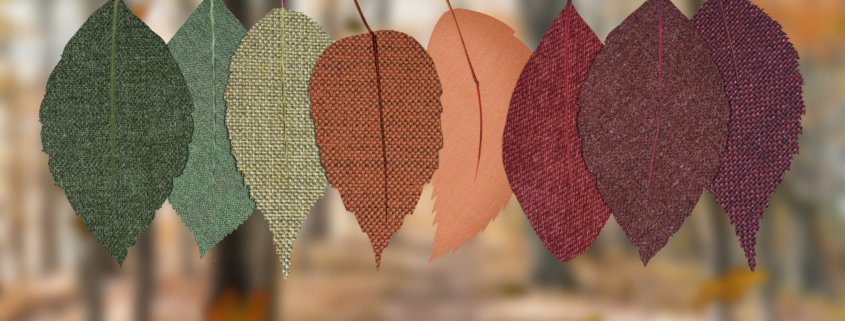DATA FABRIC IN A NUTSCHELL
In today’s digital age, data has become one of the most valuable assets for organizations of all sizes and across all industries. However, with data being generated, stored, and accessed from multiple sources and locations, managing and analyzing it has become increasingly complex.
To address this challenge, a concept called a data fabric has emerged in the field of data management. A data fabric is an architecture that provides a unified and consistent view of an organization’s data, regardless of where it resides, how it’s stored, or how it’s accessed.
The goal of a data fabric is to seamlessly integrate and access data from different systems, applications, databases, and clouds, making it easier for organizations to derive insights and make decisions. By allowing data to flow seamlessly between different systems and applications while maintaining data integrity, security, and governance, a data fabric enables users to access and analyze data in real-time, regardless of its location, format, or type.
A typical data fabric consists of multiple layers, including:
- data discovery
- data integration
- data processing
- data delivery
These layers work together to provide a complete view of an organization’s data, from its origin to its destination. In addition, a data fabric can provide advanced capabilities such as data lineage, data quality, and data governance, ensuring that data is accurate, consistent, and secure throughout its lifecycle.Overall, a data fabric is designed to simplify the complexities of managing and analyzing data in today’s modern data landscape, enabling organizations to be more agile, responsive, and competitive. By implementing a data fabric, organizations can eliminate the need for manual data integration, reduce the risk of errors, and derive insights from data more quickly and effectively. This allows organizations to make better decisions, optimize their operations.



